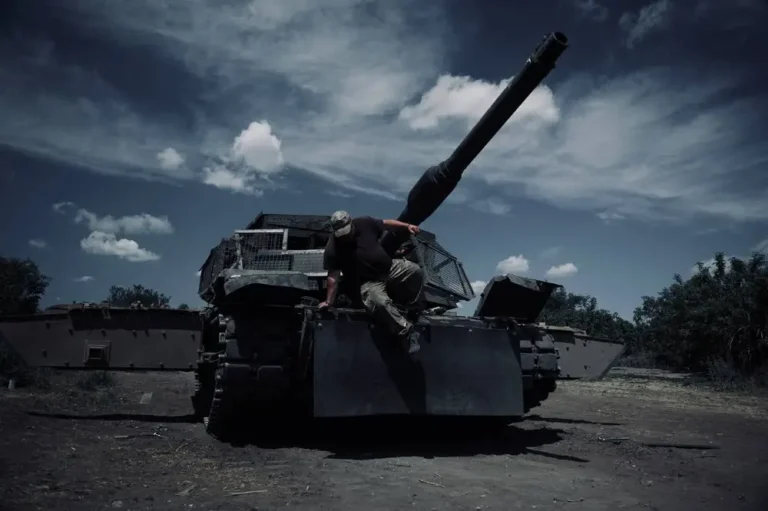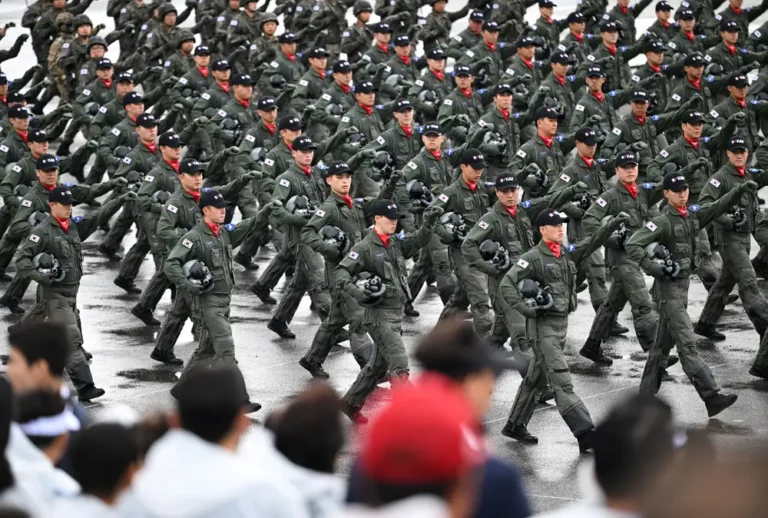The US Navy is burning through missiles in the Middle East that it would need in a war with China

An SM-3 is launched from the USS Lake Erie during a test.
US Navy warships have twice been called upon to defend Israel from massive Iranian ballistic missile attacks and have used SM-3 interceptors to defeat the incoming threats.
The Standard Missile-3 (SM-3) — an air-defense interceptor made by RTX and, for a newer variant, Mitsubishi Heavy Industries — was first used in combat in April to shield Israel from an unprecedented attack, and then it saw combat again in October when Iran attacked a second time. American destroyers in the area fired the weapons, which can cost between $10 million and around $30 million depending on the variant.
Navy leadership has said that it needs many more SM-3s to counter threats in the Pacific, like China, but it’s burning through these weapons in conflicts in the Middle East without sufficient plans to replace them.
Archer Macy, a retired Navy admiral, told B-17 that the SM-3 is particularly important in a fight with China because the interceptor is designed to counter China’s “apparent preference for long-range theater weapons.”
A key missile interceptor
The SM-3 is an element of the Navy’s highly advanced Aegis Combat System. It uses a kinetic kill vehicle to hit and destroy short- to intermediate-range ballistic missiles during their mid-course phase of flight.

USS Fitzgerald launches an SM-3 during an exercise in the Pacific Ocean.
Unlike other air defenses on American warships, the SM-3 can make exo-atmospheric intercepts, meaning it can eliminate targets in space.
The SM-3 has been tested dozens of times over the past two decades, but it first saw combat on April 13, when Navy warships used the interceptor to defend Israel from an Iranian attack involving a mix of over 300 missiles and drones. Then, less than six months later, on October 1, the SM-3 made its second known appearance in combat when Navy warships again defended Israel, this time from more than 180 Iranian ballistic missiles.
The use of valuable SM-3s against Iranian missile attacks, which experts say are but a fraction of what the US might face in a war with China, has raised concerns among analysts that the US is not producing sufficient numbers of the weapons to ensure readiness for a potential great-power conflict.
“We are far below rates of production to support a high-end conflict,” Bryan McGrath, a retired naval officer and the managing director of The FerryBridge Group LLC, told B-17, explaining that interceptor missiles, like the SM-3, “play a key role” in protecting and sustaining US seapower in a war with China.
But it’s not just the SM-3 that the Navy is using up battling foes in the Middle East.

USS Lake Erie launches an SM-3.
For nearly a year, American warships have been shooting down missiles and drones launched by the Houthis, an Iranian proxy group in Yemen that’s been attacking merchant shipping lanes in the Red Sea and Gulf of Aden.
During the Navy’s counter-Houthi campaign, American warships have expended other interceptors in the Standard Missile family, like the SM-2 and SM-6 — both of which would still be needed in great quantities for a major war in the Pacific.
“The closer you get to China, or to any threat country, your ranges become shorter,” said Macy, a non-resident senior associate with the Center for Strategic and International Studies’ Missile Defense Project.
In a short-range engagement, China’s missiles wouldn’t need to travel as high, and they would likely have shorter flight times and travel at slower speeds. In that situation, the Navy probably wouldn’t need to rely on its SM-3s to counter this threat because an SM-2 or SM-6 would potentially do the trick. That means the Navy cannot afford to come up short on these, either.
‘Burning through’ SM-3s
After the SM-3 made its combat debut in April, Secretary of the Navy Carlos Del Toro told lawmakers that the sea service needs more of this interceptor to counter potential future threats in the Pacific, like China, which the Pentagon has identified as its “pacing challenge.”

USS Lake Erie launches an SM-3 during a test in the Pacific Ocean.
“I truly believe that the SM-3s will be needed in greater numbers in the future, given the operations that took place in defense of Israel,” Del Toro said at the time. “Recently, some were fired. And very effectively. So I think given the future threat and our deterrence mission of the Indo-Pacific, we are going to need more SM-3s in the future.”
The Fiscal Year 2025 defense budget proposal doesn’t reflect that urgency though. According to unclassified Pentagon budget documents, the US will only produce 12 SM-3 Block IIA annually over the next five years, half of what was procured in FY2023 and a drop from previous years.
“It is a huge concern that we are burning through SM-3s as fast as we are,” Jim Fein, a research assistant for national security and European affairs at The Heritage Foundation, said. He said that the Standard Missile series is “essential” for intercepting missiles launched by China’s massive rocket force to protect American assets such as warships and aircraft carriers.
“We don’t know exactly how many were used in repelling Iran’s attacks, but the fact of the matter is we are buying less than 20 per year and need thousands in case of a high-intensity conflict, like with China,” Fein said. “Each expenditure really matters, even disregarding the cost.”
“We don’t have anywhere enough SM-series missiles,” Fein said, explaining that the US is buying 125 SM-6s per year. And the number of Tomahawk Land Attack Missiles, long-range cruise missiles designed by RTX, being produced has decreased annually as well.

An SM-3 is launched from USS Lake Erie.
Tomahawks, which aren’t interceptors but rather long-range strike options that both surface warships and submarines can launch, have also been identified as useful weapons the Navy would need in a potential war with China.
After Iran’s attack earlier this month, US Sen. Roger Wicker, the Republican ranking member on the Senate Armed Services Committee, said the US “expended numerous SM-3 Block IIA missiles defending Israel” and called on Congress to expand production.
Wicker also noted that Congress was “poised” to reject the Biden administration’s proposal to cancel the SM-3 Block IB production line.
Alternatives to the more expensive interceptors
While the US isn’t meeting the current demand for air-defense interceptors or what it may need in a fight with China, Bryan Clark, a former Navy officer and defense expert at the Hudson Institute, explained that there are alternatives to supplement those more expensive options being considered.

The Arleigh-Burke class guided-missile destroyer USS Stout launches an SM-2.
Clark told B-17 that the biggest problems facing SM-series procurement are how expensive the missiles are — SM-6s and SM-2s run for $4 million and $2 million, respectively — and supply chain issues.
Since the designs of these missiles are finalized and tend to rely on very specific technologies, “they tend to rely on a generation of microelectronics that probably precedes what the current generation is,” Clark said, “and that means those microelectronics tend to be fairly specialized and bespoke,” effectively meaning they need to be “tailor-made” for these weapons.
Reinvesting in adapting those designs to incorporate new technologies takes time and money and means the weapon has to be re-qualified.
Clark said that the most significant movement will be “the transition from relying on these bespoke, highly integrated, highly sophisticated weapons” toward lower-cost options, such as unmanned systems or much cheaper missiles, that can be produced at scale.
That development would give US forces, in a fight with China, for example, a variety of air-defense options and reserve the high-value interceptors for when they need them most.






